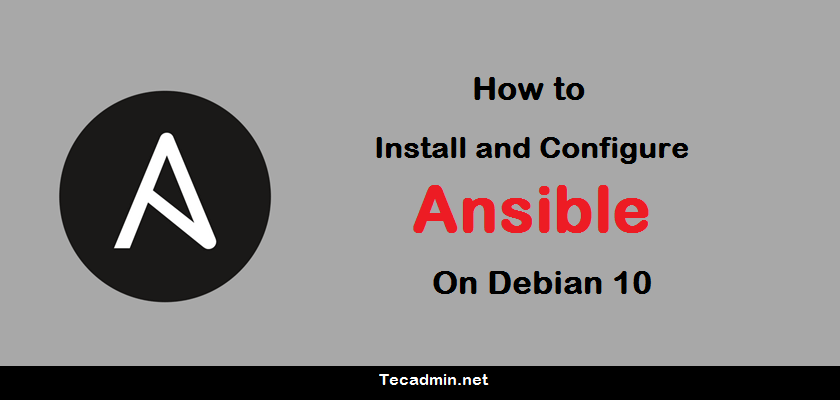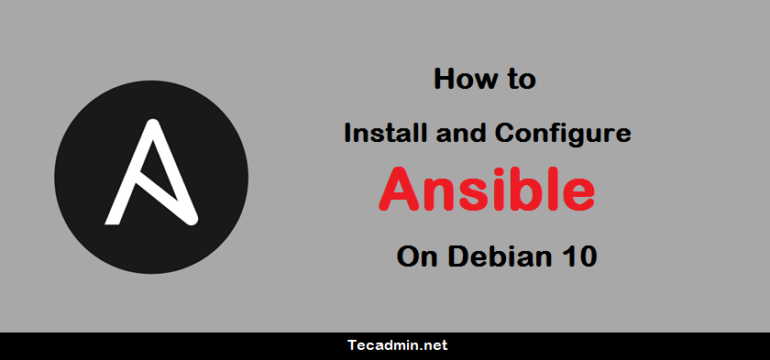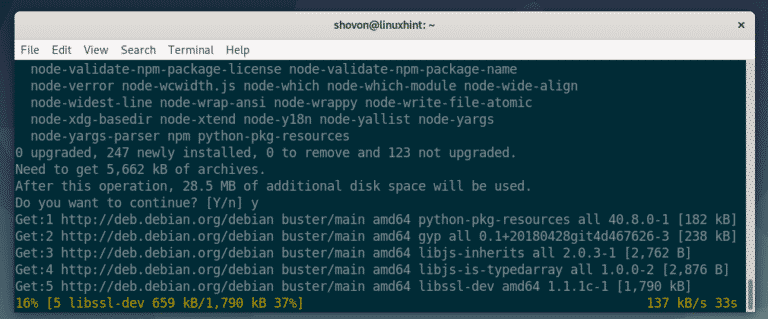

Others around the country trying through the index.html I created would connect but not receive any data from the SQL DB. After many hours of experimenting with my server.js file and index.html files accessing an MYSQL DB, locally I was able to get it to work in a web browser, (VPS Hosting). I would like to add that the above instructions worked perfect.

You should now have a successful installation of Node.js running, and in further guides we’ll go more in-depth with some of the amazing things you can do with Node.js! To open the Node.js console and verify Node is running, run: node.To ensure the developer tools needed for npm development are installed, run: yum install gcc-c++ make.To install Node.js, run: yum -y install nodejs.Download Node.js version 10 Long-Term Support (LTS) by running: curl -sL | bash.Those who prefer official Red Hat package manager (RPM) repositories can use the steps below. Run this test command: console.log("Hello, World!").



 0 kommentar(er)
0 kommentar(er)
